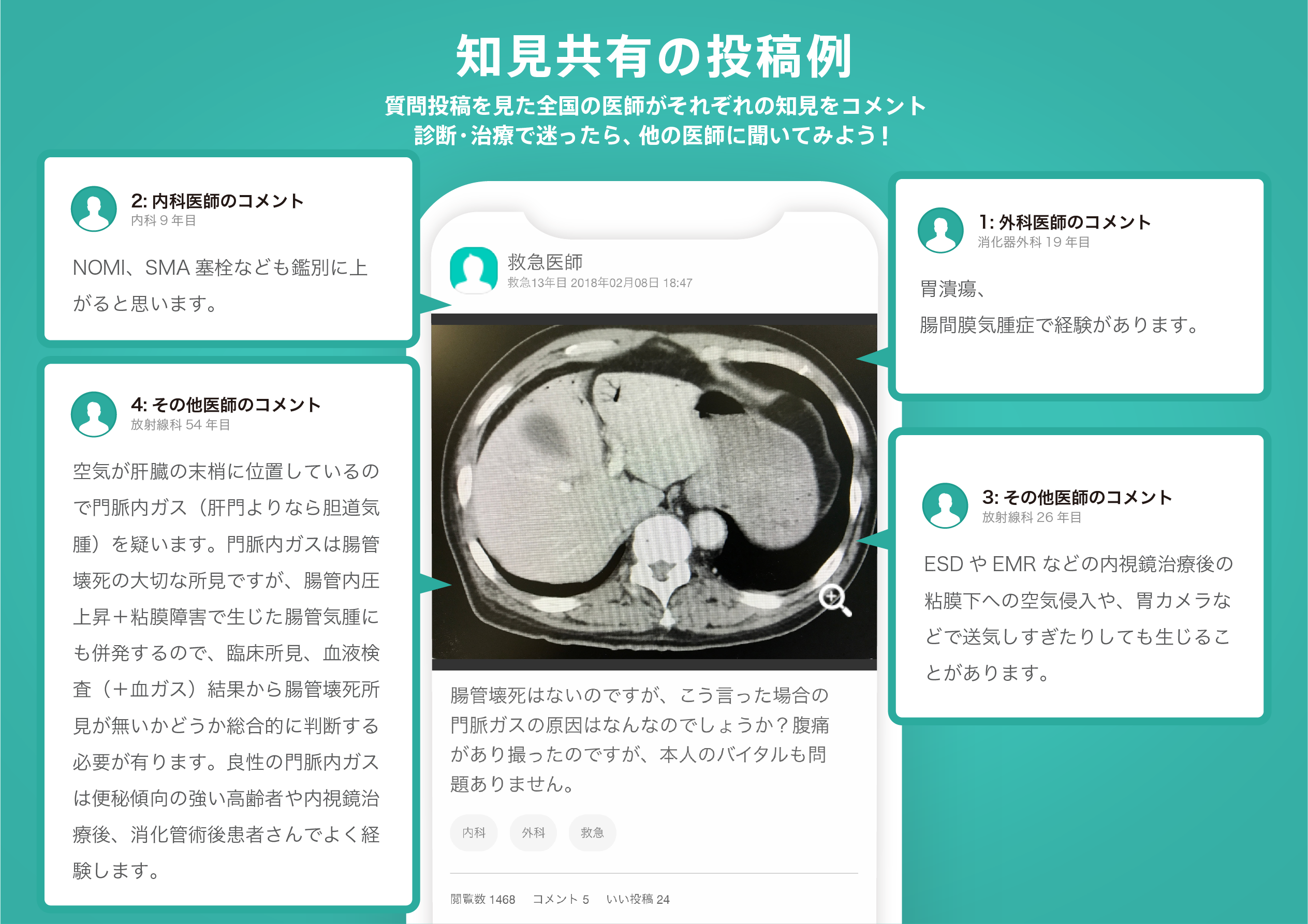著名医師による解説が無料で読めます
すると翻訳の精度が向上します
ニア亜系薬物に対する耐性の開発は、家畜の生産性を低下させ、人間の治療の成功を脅かす増加する問題です。代替治療戦略を開発できるように、耐性の発達におけるメカニズムを理解することが不可欠です。遺伝子の変化または薬物に反応した遺伝子発現の変化により、生物は治療に耐えることができ、薬剤耐性が「適者の生存」につながる毒性環境の進化を反映する可能性があります。ここでは、耐性メカニズムの知識をレビューし、薬物の変化(単一ヌクレオチド多型によって識別される)、輸送タンパク質の関与と薬物の標的に到達するのを妨げる薬物流出、および薬物を修飾する解毒メカニズムの役割をレビューします。
ニア亜系薬物に対する耐性の開発は、家畜の生産性を低下させ、人間の治療の成功を脅かす増加する問題です。代替治療戦略を開発できるように、耐性の発達におけるメカニズムを理解することが不可欠です。遺伝子の変化または薬物に反応した遺伝子発現の変化により、生物は治療に耐えることができ、薬剤耐性が「適者の生存」につながる毒性環境の進化を反映する可能性があります。ここでは、耐性メカニズムの知識をレビューし、薬物の変化(単一ヌクレオチド多型によって識別される)、輸送タンパク質の関与と薬物の標的に到達するのを妨げる薬物流出、および薬物を修飾する解毒メカニズムの役割をレビューします。
Development of resistance to anthelmintic drugs is an increasing problem that decreases the productivity of livestock and threatens the success of treatment in humans. It is essential to understand the mechanisms in the development of resistance so that alternative treatment strategies can be developed. Changes in genes or in gene expression in response to drugs enable the organism to survive treatment and might reflect evolution in a toxic environment in which drug resistance leads to 'survival of the fittest'. Here, we review knowledge of resistance mechanisms, focusing on changes in drugs (identified by single-nucleotide polymorphisms), the involvement of transport proteins and drug efflux that prevent the drug from reaching the target, and the role of detoxification mechanisms that modify the drug.
医師のための臨床サポートサービス
ヒポクラ x マイナビのご紹介
無料会員登録していただくと、さらに便利で効率的な検索が可能になります。






